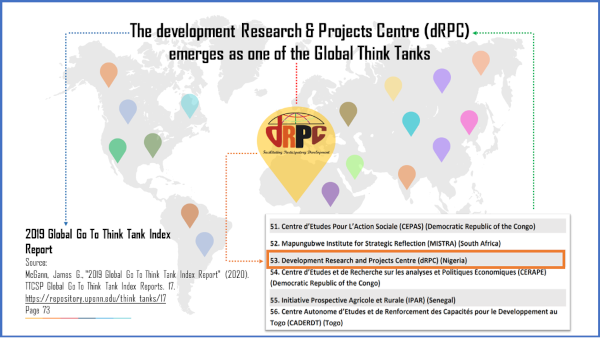Niger state has made significant headway with its routine immunisation (RI) coverage in the last 10 decades. The pentavalent 3 coverage had risen from 20.9% in 2008 to 38.8% in 2018. Similarly, the percentage of children age 12-23 months who received all basic vaccinations increased from 12.3% in 2008 to 23.3% in 2018 while the percentage of children who received none of the basic vaccinations declined from 41.7% to 11.4% during the same period. Despite the giant stride in RI coverage, the state suffers the non-release of budgetary allocation for apparent stock of vaccines at service delivery points, the inability of service providers to get too hard-to-reach communities, and lack of adequate Skilled Health Workers. Therefore, the Government at state and LGA levels need to take action in saving the lives of children and all eligible Nigerians against vaccine-preventable diseases by ensuring adequate and sustainable domestic funding, accountability, and transparency in spending for routine immunization in Niger State.
As such the assessment, which was conducted over a period of three days, was seen as necessary. Day one was a desk review of all state documents related to Routine Immunization as well as the 2019, 2020, and 2021 approved state budget Day two cantered around interviewing the key actors in the state that plan resources and mobilize funds for implementing RI activities in the state, the interview was guided by the template provided at the onset of the assignment, the final day was a collation of data and report writing.
The findings revealed:
Funds for the implementation of RI activities in Niger State were captured under programme funds allocated to all the programmes in the State Primary Health Care Development Agency (NSPHCDA). These funds are allocated annually as lumpsum which is shared among all the programmes including RI. Available evidence also showed that funds were allocated for RI in the annual budget for 2019, 2020, and 2021 to the SMoH under the budget Sub-head of the SPHCDA but there was no evidence that the RI unit made requisitions to the State Planning Commission (NPC) let alone fund release by State Ministry of Finance.
The Niger State Ministry of Health budgeted about ₦35 million Naira in the 2019 budget. Out of this amount, ₦18 was captured under the capital estimate alongside other programmes in the Agency while the remaining ₦17 was the capital receipt matching funds for UNICEF support to health promotion and Supplemental Immunization Activities (SIAs). Although, there was no evidence of fund release in 2019, the Director Immunization claimed that a total of ₦35 million was released from public health emergency vote to carter for the 2019 measles campaign. More so, about ₦9 and ₦15 million were allocated in the approved budget of 2020 and 2021 respectively but the RI unit through its Agency was not able to access the funds (Table 1). Thus, RI activities captured in the state, plan were not implemented due to lack of cash backing from the state through the State Ministry of Finance. All immunization activities implemented in 2020 and 2021 were donor-funded. The reasons were far-fetched including the non-requisition by the RI Unit through the Agency and inadequate capacity to carry out all the processes involved in the funds release by the relevant MDAs.


